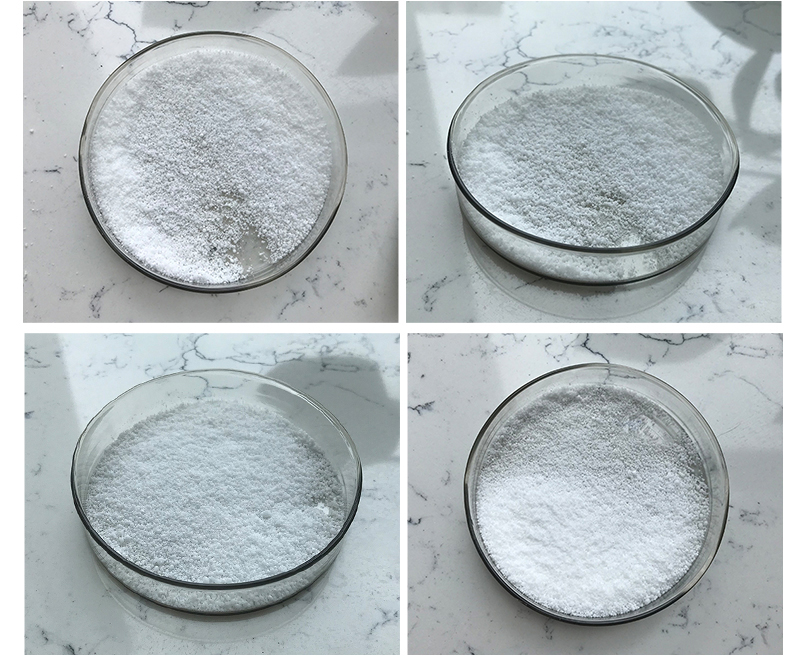Poloxamer 407 is a triblock copolymer, consisting of hydrophilic (water-soluble) polyoxyethylene (PEO) and hydrophobic (lipophilic) polyoxypropylene (PPO) blocks. It is commonly used in pharmaceutical and cosmetic formulations for its surfactant properties, particularly as a solubilizing agent, emulsifier, or thickener.
Here’s an overview of its efficacy and effects:
1. Pharmaceutical Uses
- Solubilizer: Poloxamer 407 is used to enhance the solubility of poorly soluble drugs, improving their bioavailability. It can create micelles (self-assembled aggregates) that encapsulate hydrophobic drugs, making them more soluble in aqueous solutions.
- Drug Delivery: It is commonly used in controlled drug release formulations, such as gels or suspensions. Its ability to gel in response to temperature changes (thermoreversible gelation) is exploited for injectable or topical formulations.
- Stabilizer: It is used to stabilize emulsions and suspensions by reducing surface tension and preventing aggregation or precipitation of active pharmaceutical ingredients.

2. Cosmetic and Dermatological Uses
- Emulsifying Agent: In cosmetic formulations, Poloxamer 407 is employed as an emulsifier to combine oil and water, improving the texture and stability of creams, lotions, and gels.
- Skin Penetration Enhancer: Poloxamer 407 may enhance the skin penetration of active ingredients, particularly in transdermal drug delivery systems.
- Clearing Agent: It can help remove impurities from the skin by acting as a gentle cleansing agent, used in formulations such as facial cleansers and exfoliating products.
3. Mechanism of Action
- Thermoreversible Gelation: Poloxamer 407 undergoes a sol-to-gel phase transition at body temperature (around 25–35°C). In aqueous solutions, it is a low-viscosity liquid, but it thickens into a gel when warmed. This property is beneficial for sustained-release drug delivery or localized treatment.
- Micelle Formation: The copolymer can form micelles in aqueous environments, with the hydrophilic PEO chains extending into the water and the hydrophobic PPO core encapsulating lipophilic compounds.
4. Effects and Safety Profile
- Biocompatibility: Poloxamer 407 is generally regarded as safe (GRAS) and has low toxicity, which makes it suitable for use in both pharmaceutical and cosmetic products. It has been widely studied and is included in many formulations without significant side effects.
- Skin Irritation: It is typically non-irritating to the skin and mucous membranes, but in some sensitive individuals, it could cause mild irritation.
- Stability: Poloxamer 407 is stable over a wide range of pH levels and temperatures, which adds to its versatility in formulations.
- Environmental Impact: Poloxamer 407 is biodegradable, which reduces its environmental footprint compared to some other synthetic surfactants.

5. Clinical Applications
- Topical Gels: It is used in topical gels for delivering corticosteroids, local anesthetics, and other therapeutic agents. The gel’s thermoresponsive properties allow for controlled release and ease of application.
- Injectable Formulations: In some cases, Poloxamer 407 is used to create injectable gels or emulsions for controlled drug delivery, especially in areas where sustained or localized treatment is desired, like intra-articular injections for osteoarthritis.
Conclusion
Poloxamer 407 is a versatile compound with multiple applications, particularly in pharmaceutical and cosmetic formulations. Its efficacy in solubilizing hydrophobic compounds, improving drug delivery, and stabilizing formulations makes it a valuable excipient. Its low toxicity and biocompatibility further enhance its appeal for use in both topical and injectable products. However, as with any excipient or active ingredient, its use should be carefully tailored to the specific formulation and individual needs.
